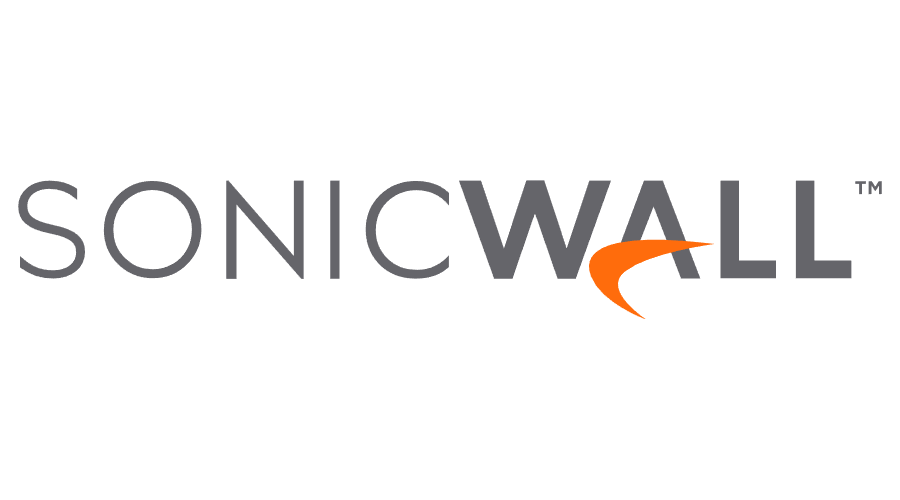Have you ever wondered how vulnerable your digital assets really are? As the world becomes increasingly reliant on technology, understanding the threats that lurk in the shadows of the internet is more important than ever. One of the latest and most pressing threats is the Akira Ransomware, which has been targeting SonicWall virtual private networks (VPNs) in what experts are suggesting could be zero-day attacks. Let’s break down what this means for you and your organization, and how to safeguard against such threats.

This image is property of securityaffairs.com.
What is Ransomware?
Ransomware is a type of malicious software that encrypts files on a victim’s device, making them inaccessible until a ransom is paid to the attackers. This can create significant issues for businesses, shutting down operations and leading to data loss or breaches. Understanding this basic premise is the first step toward protecting yourself from these kinds of cyber threats.
How Ransomware Works
When a ransomware attack occurs, the perpetrator usually gains access to a network through phishing attacks, unsecured servers, or vulnerabilities in software. Once inside, the malicious software encrypts files, and a ransom note is generated, demanding payment for the decryption key.
You might have heard about various types of ransomware in the news, as cybercriminals often use different tactics and technologies to improve their effectiveness. Akira Ransomware has emerged as a prominent player in this arena, focusing on exploiting gaps in well-known security systems.
Understanding Akira Ransomware
Akira Ransomware has gained attention for its capability to exploit SonicWall SSL VPNs. What makes this particularly concerning is that it appears to be using a likely zero-day vulnerability, which means it takes advantage of a security flaw that is unknown to the software vendor and has not yet been patched.
The Rise of Akira Ransomware
First reported to have become an active threat in March 2023, Akira Ransomware has shown a remarkable ability to adapt and aim for various sectors, including finance, education, and real estate. As the malware evolves, it poses an added challenge for organizations striving to secure their data.
By late July 2025, researchers from Arctic Wolf Labs observed multiple attacks utilizing this ransomware, showing a surge in intrusion attempts. It’s a clear indication that the cyber threat landscape is continuously shifting, making effective security measures more vital.

This image is property of securityaffairs.com.
SonicWall VPNs: A Target of Opportunity
SonicWall is a well-known provider of security solutions, especially VPNs that allow remote access to corporate networks. However, even well-patched systems are facing new vulnerabilities, thanks to growing sophistication among cybercriminals.
What Makes SonicWall VPNs Vulnerable?
The Akira Ransomware targeting SonicWall SSL VPNs is alarming for several reasons:
-
Targeting Fully Patched Devices: Reports indicate that even fully updated SonicWall devices have been compromised. This suggests that the ransomware exploits vulnerabilities that are not addressed in standard updates.
-
Multi-Factor Authentication (MFA): Many organizations utilize MFA as an added layer of security. However, even with MFA implemented, instances have been reported where accounts are still accessing compromised devices. This raises questions about the effectiveness of current protocols.
-
Familiar Attack Patterns: Attackers often use Virtual Private Server (VPS) hosting to disguise their access as legitimate. Recognizing legitimate traffic versus malicious logins becomes more challenging, complicating security efforts.
Insights from Arctic Wolf Labs
According to the researchers at Arctic Wolf Labs, the ransomware is suspected to exploit a zero-day vulnerability found within SonicWall devices. By examining the documented cases, they observed a pattern where the delays between VPN access and file encryption were often minimal. This insight aids organizations in better understanding how the ransomware operates.
How to Protect Against Akira Ransomware
With the threat of Akira Ransomware looming, there are several best practices organizations should consider to enhance their security posture while minimizing potential risks.
Recommended Defensive Measures
-
Disable SSL VPN Services: Until a patch is available, one of the immediate recommendations is to consider disabling the SonicWall SSL VPN service temporarily. This action can limit exposure to potential attacks.
-
Enhance MFA Protocols: Although MFA is essential, take the time to reevaluate your implementation strategy. Ensuring that all remote access employs MFA can significantly lower your risk of unauthorized access.
-
Regular Password Updates: Encourage frequent password updates across the organization. Promoting strong, unique passwords can deter attempts made via brute force methods or credential stuffing.
-
Monitor VPN Logins: Keep a close eye on login patterns. Noticing irregular logins can act as an early warning system before a breach occurs.
-
Block Known Malicious ASNs: While it may disrupt some operations, consider blocking VPN authentications from known hosting-related Autonomous System Numbers (ASNs). This is a proactive measure against illicit access points.
Long-Term Strategies for Cybersecurity
The tactics employed by ransomware groups like Akira illustrate the importance of continuous security enhancements. Organizations must remain vigilant and proactive in their cybersecurity strategies. Here are some additional long-term strategies to consider:
-
Regular Security Audits: Schedule routine assessments to identify vulnerabilities in your network. This proactive approach can help ensure that potential weaknesses are addressed before cybercriminals exploit them.
-
Employee Training: Conduct regular training sessions to prepare employees for potential phishing attacks and other social engineering tactics. Employees are often the first line of defense against cybersecurity threats.
-
Incident Response Plan: Beyond preventive measures, having a robust incident response plan ensures preparedness if a breach occurs. Everyone in the organization should understand their roles in such an event.
-
Invest in Threat Intelligence Solutions: Keeping informed about current threats, vulnerabilities, and attack patterns can significantly improve your understanding of potential risks.

This image is property of securityaffairs.com.
The Broader Picture of Cybersecurity
Understanding Akira Ransomware and its targeting of SonicWall VPNs is part of a larger narrative in cybersecurity. Cyber threats continually adapt, and the same holds true for the defenses you put in place.
Cyber Warfare and Its Impact
The rise in cybercrimes, including ransomware attacks, is part of a broader narrative about cyber warfare and digital conflict. Nations and organizations must recognize that safeguarding information is not just a technical issue but also fundamentally a strategic imperative.
The Role of Laws and Regulations
As cyber threats evolve, so do the laws and regulations governing cybersecurity. Organizations must stay informed about compliance requirements, and align their security measures accordingly. Understanding legal ramifications and obligations can help you navigate the complex digital landscape securely.
Conclusion
In an age where digital assets are incredibly valuable, staying one step ahead of threats like Akira Ransomware is crucial. Security measures may feel overwhelming, but each effort contributes to a stronger defense. Remember, investing time and resources into cybersecurity not only protects your organization but also secures your clients’ trust.
As threats continue to emerge and evolve, maintaining awareness and vigilance will empower you in the fight against cybercrime. Make it a priority to regularly update your practices and remain informed. After all, a secure environment makes for a thriving digital landscape.

This image is property of securityaffairs.com.